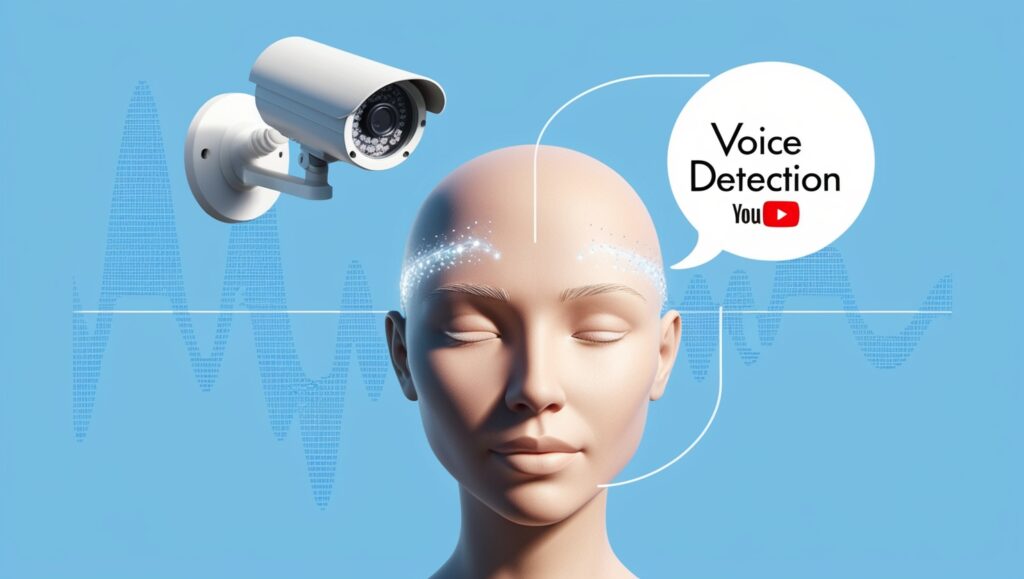According to Amjad Hanif, vice president of creator products at YouTube, the company is developing tools to identify AI-generated likenesses of musicians and actors. Hanif made this announcement in a blog post this week. Additionally, Hanif stated time and time again that YouTube is “committed” to the responsible development of AI tools.
The first of the new tools is Content ID’s “synthetic singing” identification, a system for identifying music protected by copyright that was introduced in 2007. Hanif reaffirmed in this post what Mashable originally reported in 2016: YouTube has paid billions of dollars to rights holders through Content ID.
It appears that the new technology will be able to identify voices produced by AI that mimic the voices of musicians. Next year, a pilot program is scheduled to begin.
Detecting AI-generated content with the faces of actors, creators, athletes, and similar personalities is another technology that YouTube is working on.
Apart from this declaration, Hanif talked about how Google, the company that owns YouTube, uses content that has been uploaded to enhance the user experience through machine learning and the creation of artificial intelligence tools. Although no details are provided, the company is “committed” to ensuring that this is “done responsibly.” In addition, the post mentions that YouTube has put in place safeguards for the use of its own generative AI tools, such as Dream Screen, by blocking specific prompts that go against its policies (though it doesn’t specify which specific prompts).
As previously stated, YouTube is dedicated to ensuring that third-party apps abide by its terms of service, which prohibit certain uses of creator content, such as scraping.
“We’re committed to working with our partners to ensure future advancements amplify their voices, and we’ll continue to develop guardrails to address concerns and achieve our common goals,” Hanif wrote.








